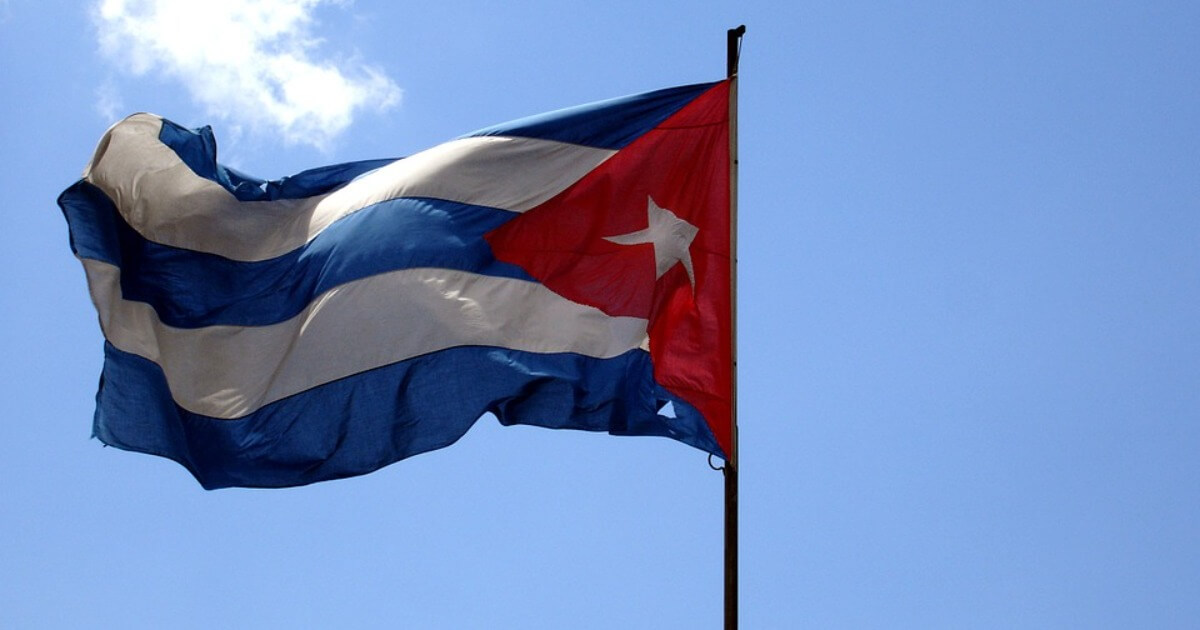Beyond Cuba: Washington’s Strategic Neglect of Latin America
Can the United States afford to integrate itself with Asia at the cost of Latin America?
October 3, 2015

Re-establishing diplomatic relations between Cuba and the United States has been a long time coming. But all the current U.S. excitement about Cuba only highlights a big strategic void: Why is the United States so hesitant to engage itself more in Latin America as a whole?
For all the attention the U.S. government has paid to far-away places like Afghanistan and Iraq, a lot of problems are festering much closer to the home front. The list of troubled countries in the Western Hemisphere is topped by Latin America’s largest economies. That should raise alarm bells in Washington.
This piece was originally published in AlJazeera
Plenty of trouble spots down south
Brazil, South America’s largest economy, is teetering on the brink of a political collapse. In Mexico, the second-largest economy, expecting any semblance of law and order has become a joke.
Oddly, there is little sign of consternation in the U.S. capital. When it comes to engaging with Latin America, the United States evidently prefers to choose the minimalist course of action.
What is painfully missing is a deeper form of engagement, which at the same time does not repeat the imperious attitudes of the past.
There have been a few times in the 20th century when the United States did engage successfully in Latin America.
Occasional efforts
First, there was FDR’s Good Neighbor policy, which turned the region away from a flirtation with fascism.
Next came JFK’s Alliance for Progress, which opened the door to the technocrats and development-oriented thinking. Finally, there was George H.W. Bush’s Enterprise for the Americas Initiative, which led to the engagement for free trade.
And yet, despite these interludes, what was started was never completed.
This lack of follow-through is ultimately an utterly self-defeating behavior. As a consequence of geographic proximity, any evasive strategy in the United States’ immediate “neighborhood” will always come back to haunt it – and not so much in faraway South America, but rather right on U.S. soil.
As is the case with African migrants in Europe, immigration from Latin America to the United States stems from unresolved poverty. In the U.S. case (as in Europe’s), this originates in part from the United States’ failure to fully integrate itself economically with its southern neighbors.
This is what Western Europe has done with Eastern Europe over the past quarter century. While this requires sizable investments and a long-term perspective, it is likely the only viable way forward.
Washington unfocussed
The strategy of benign neglect which the United States pursues in contrast works against its own interest. One pernicious effect of Mexico’s underdeveloped economy is that Mexican drug gangs (following in the footsteps of their predecessors, the Colombian gangs) find a wide-open launch pad for their business activities all across the United States.
While the drug problem in the last century mostly appeared in big U.S. cities, the drug trade now reaches into the rural backwaters of the United States, such as poverty-stricken, mountainous areas of West Virginia.
It begs disbelief that these cartels are far more active, if perversely incentivized, integrators of the economies of the Americas than mighty U.S. corporations and the equally mighty U.S. government.
But that is precisely how things are shaping up right now. All that the U.S. government manages to come up with are concepts such as the “War on Drugs” (or whatever its current official name is) and trade deals that primarily serve the interests of large U.S. corporations.
Latin America is not Asia
The U.S. government and U.S. businesses, meanwhile, are chasing another dream — the Asian dream. And yet, the United States, no matter how hard it tries, will not succeed in what it yearns for most — to be considered as being of Asia by the Asians themselves.
The latter effort was part of determined U.S. efforts to disassociate itself from Europe. This disassociation— rudely interrupted by Vladimir Putin’s machinations — was undertaken by the United States to stay in tune with its foundational myth of being a “young” continent free of “old world” entanglements.
In Washington’s eyes, it’s simple: Asia is young and dynamic. Partnering with this region can only benefit the United States.
It boils down to a straightforward trade – drop Europe, pick up Asia. And Latin America? It does not even enter the equation.
Latin America anyone?
The mighty United States evidently considers such an undertaking as too insignificant for so seasoned and large a player as itself.
The only time when Latin America really surfaces on Washington’s strategic radar with any urgency these days is when China undertakes economic diplomacy in the region, including offering soft loans to resource-rich, politically unstable countries.
In doing so, the Chinese are simply exploiting a vacuum incomprehensibly left by a United States that neglects both the risks and the opportunities of Latin America.
Can things be turned around constructively? Certainly not solely merely by merging Havana back into the greater Miami economy.
